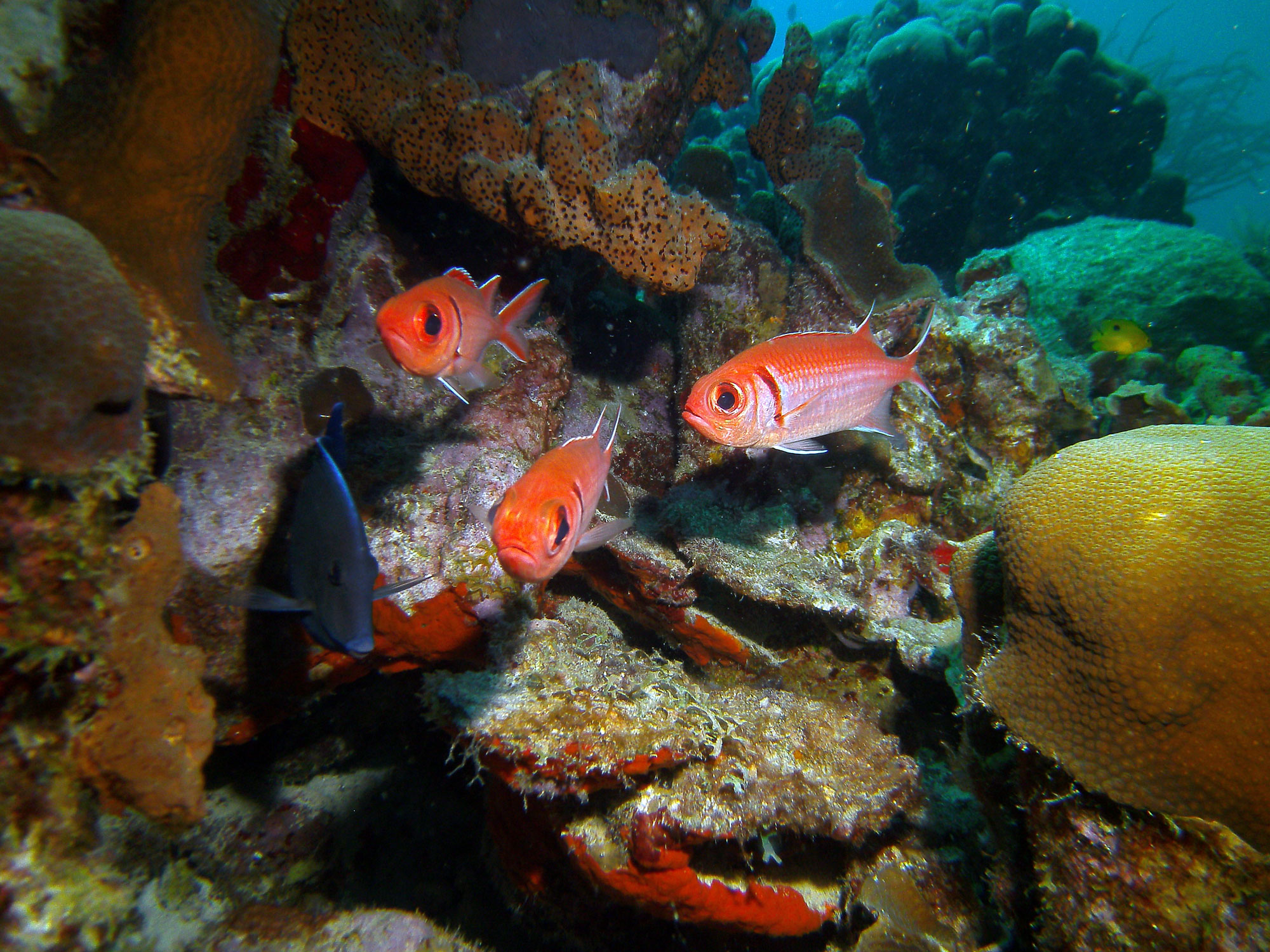Amateur videographer? By now you have bought a GoPro or a nice underwater video camera for your scuba diving adventures. Great. Here are a few things you’re probably going to figure out over time:
Your videos are blue…or green
Red is the first color of the spectrum to disappear underwater, and it seems to leave at about 15 feet of clear blue water. If you’re a quarry diver in fresh water, you may have given up on 15 foot of visibility and cannot even imagine red leaving the spectrum as it seems all light has left the spectrum. If there are particles in the water, color and visibility go downhill much quicker and your videos look less than desirable.
Your videos are shaky
When we dive, typically we experience colder temps, and between the tense muscles and shivering, our videos can turn out shaky. In addition, we may not think we’re moving around all that much, but when you watch the video, there’s a lot of movement. Each kick of the fin can shake the camera. Each breath you take adjusts your depth, despite how subtle – it appears amplified on the screen.
Your videos are hazy
Ring around the edges? Droplets? Moisture is all electronics worst nightmare. If your videos have any hazing or droplets, you may have encountered a serious moisture problem. Check the o-rings and seals on your camera housing now. Don’t wait. Check for dryness, cracking, hairs, fibers, anything that can allow moisture in.
Your videos just aren’t that interesting
The excitement of seeing things underwater generates excitement. But on screen, it might take a little more than just a zoomed-in view of that fish, or coral, or other divers to give the person viewing the video something to be excited about.
So how do we fix it?
As amateur videographers (like photographers), we are pre-programmed to spend excess amounts of money on our hobby. Here are a few things that we’d recommend you purchase in order of taking your videos to the next level:
- Red Filter
If you are filming in the ocean with blue water, this is necessary. If you film inside of 15-50 feet of depth, the red filter is going to offer much more color and beauty in your videos. Get an external red filter that you can remove in shallow water, but make sure you have it tethered to your camera so you don’t lose it. - Lights
You may have purchased the 250 lumen flashlights and call them video lights, but you’re going to find out right away, they’re insufficient. Save your money and buy at least a 2500 lumen light. Got two? Even better. If you’re filming with a GoPro, be sure to pick a light with 120 degree beam, so you don’t get hotspots on your video. Also, be sure to pick a light with full and half power settings for day and night filming. And be responsible with your lights – don’t overwhelm marine life or other divers and abuse your new power. - Stabilizer
Some people use the GoPro handles, some use two-handed stabilizers. Either way, get something where you can comfortably hold on to your camera with one hand and limit the amount of movement. Tethering (while you dive) is not a bad idea here – try using a wrist strap. - Moisture Munchers & Proper O-Ring Care
Spend the money to get moisture packets for your camera. You can buy these packets for nearly every camera out there, and they’re worth it for not only saving your videos from being fogged, but to protect your equipment and make it last longer. Got O-rings? Make sure you have a way to clean your o-rings and have backups necessary. - Towel
Always keep a light colored towel for your camera. Bouncing around cars and dive boats will beat up your camera and cause future problems. Rinse your camera in the bucket and store it wrapped in a light colored towel to protect it from the heat of the sun, as well as case damage from hitting other objects while in route to your next dive site. - Weight Adjustments
Depending on how much equipment you’ve now attached to your person, you may find that weight has become an issue. Buoyancy is a big deal when you are filming, so be sure your equipment doesn’t ruin your perfect buoyancy and turn you into a coral-kicking, air-burning bad diver. - Take a Class
If your videos are boring, light isn’t right, you flooded your camera, or you have problems with anything specific, sign up for a video or class and learn something new. Learn tips and tricks on how to care for your equipment and how to better use it. Whether you are a brand new videographer or you are someone who has been doing this for years, there is always something new to glean from others.

